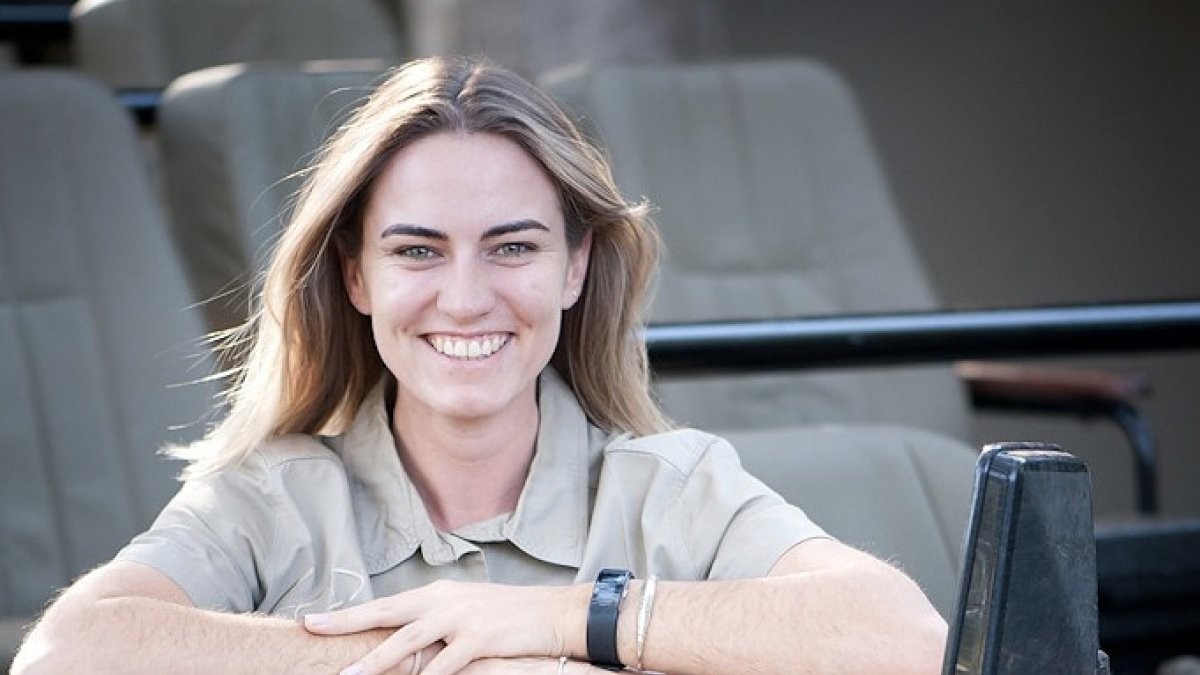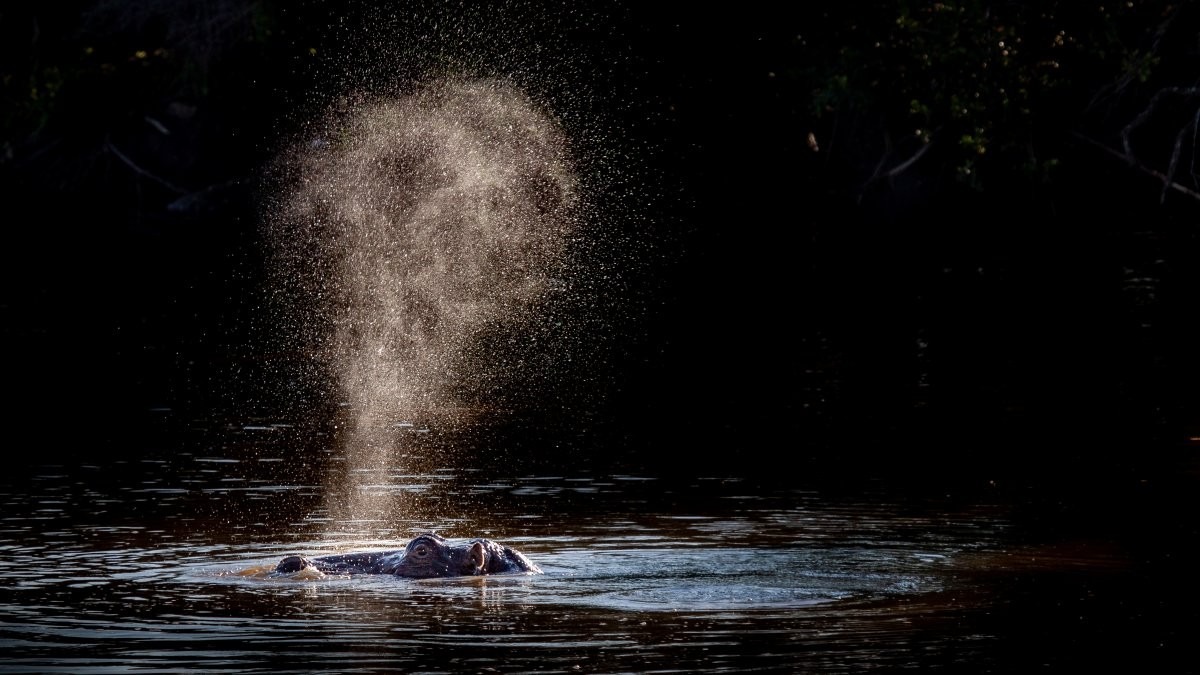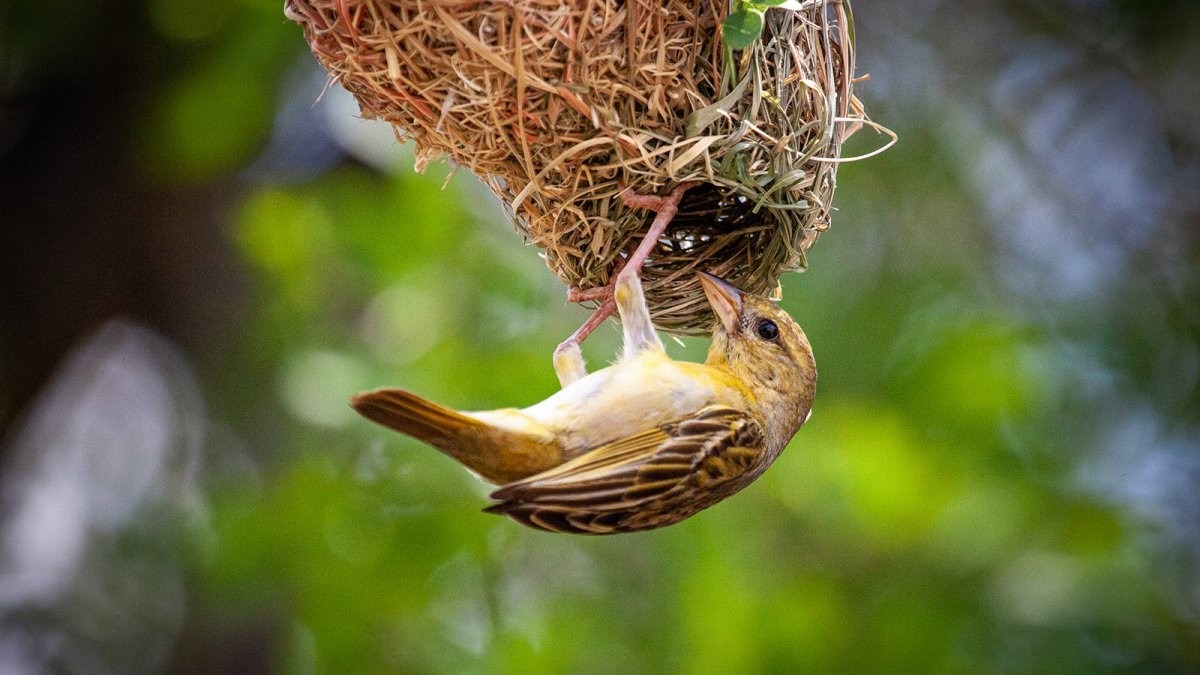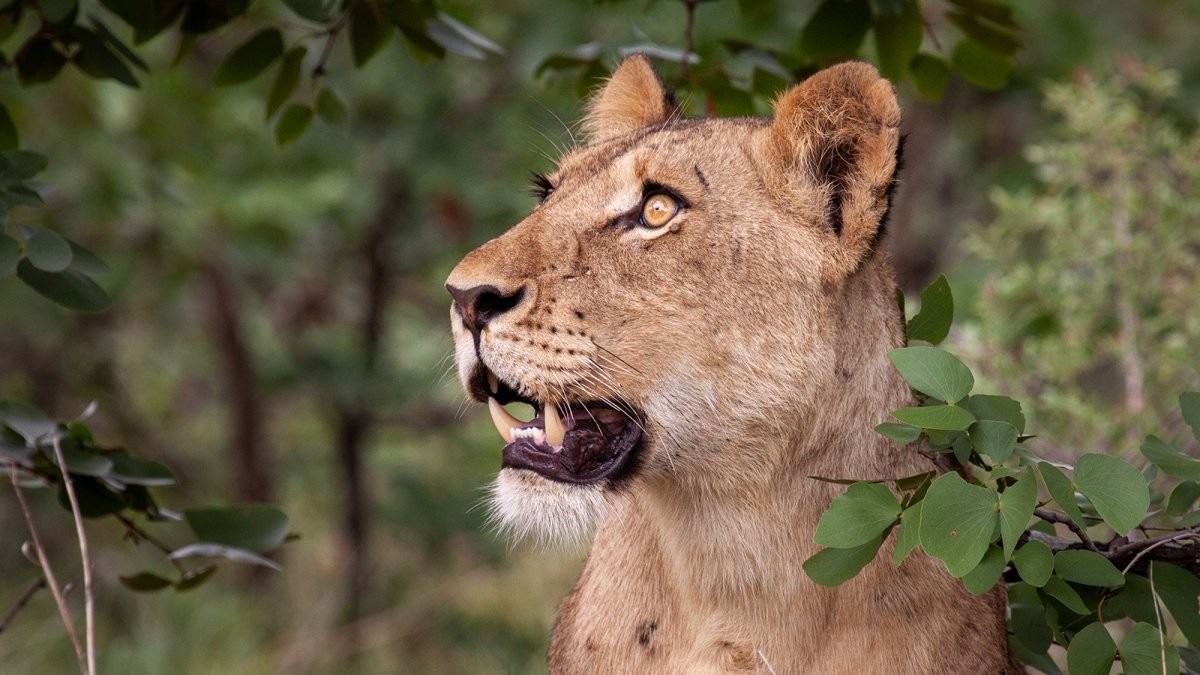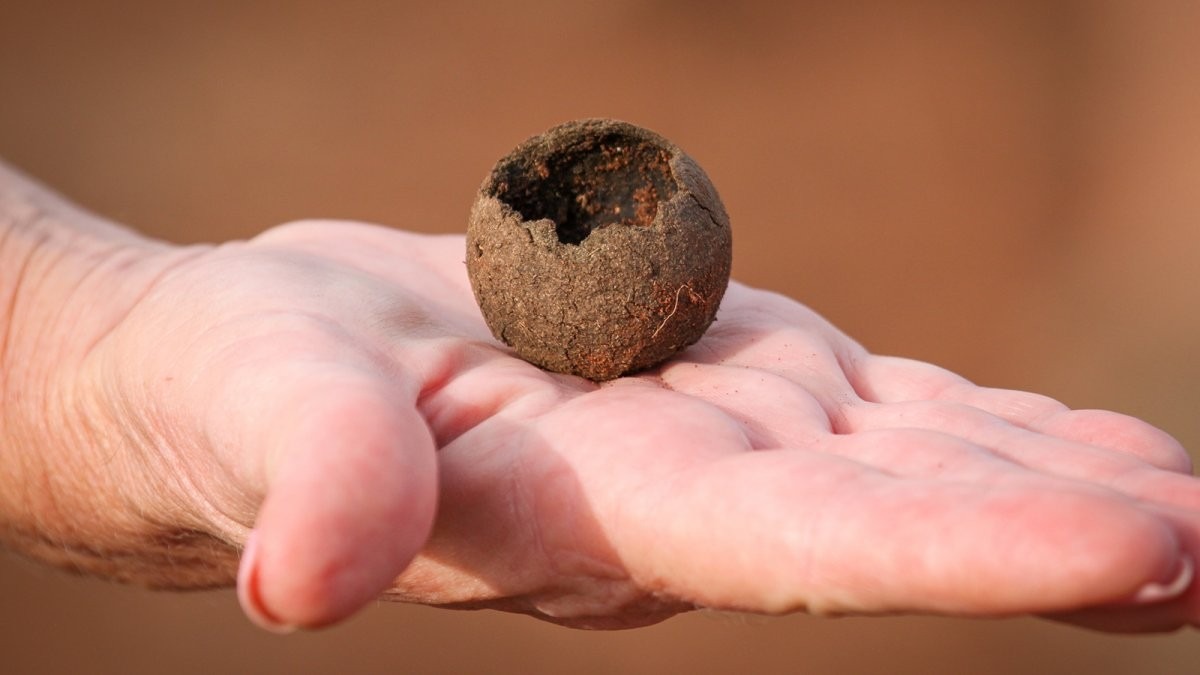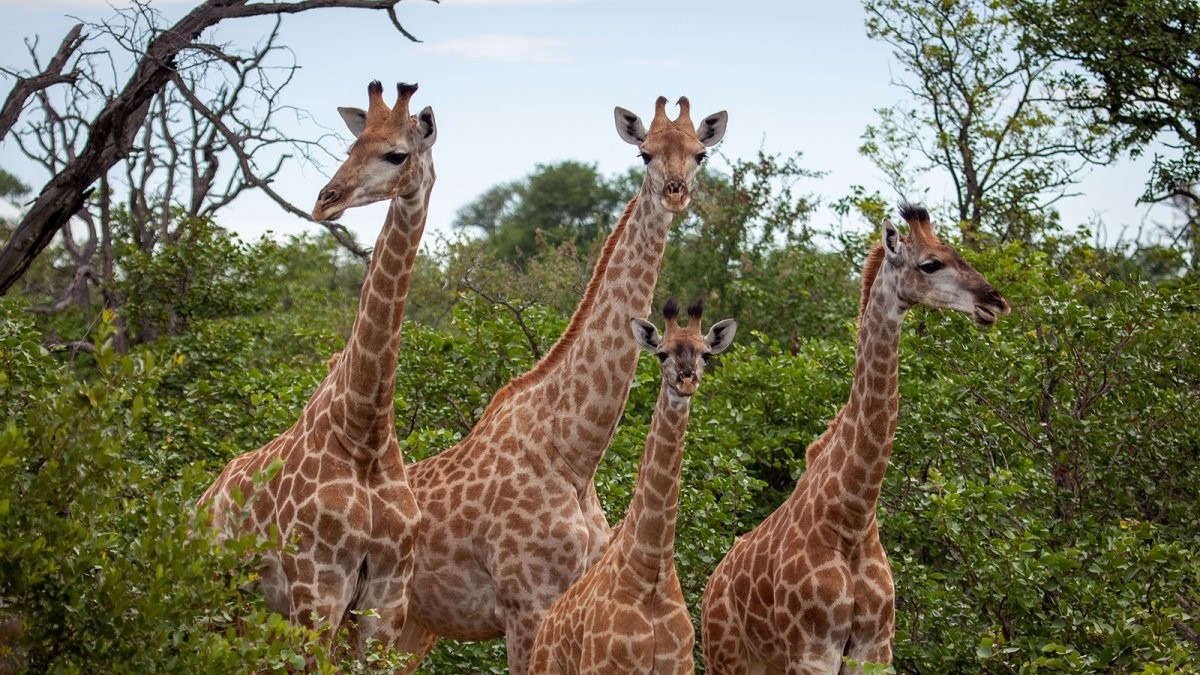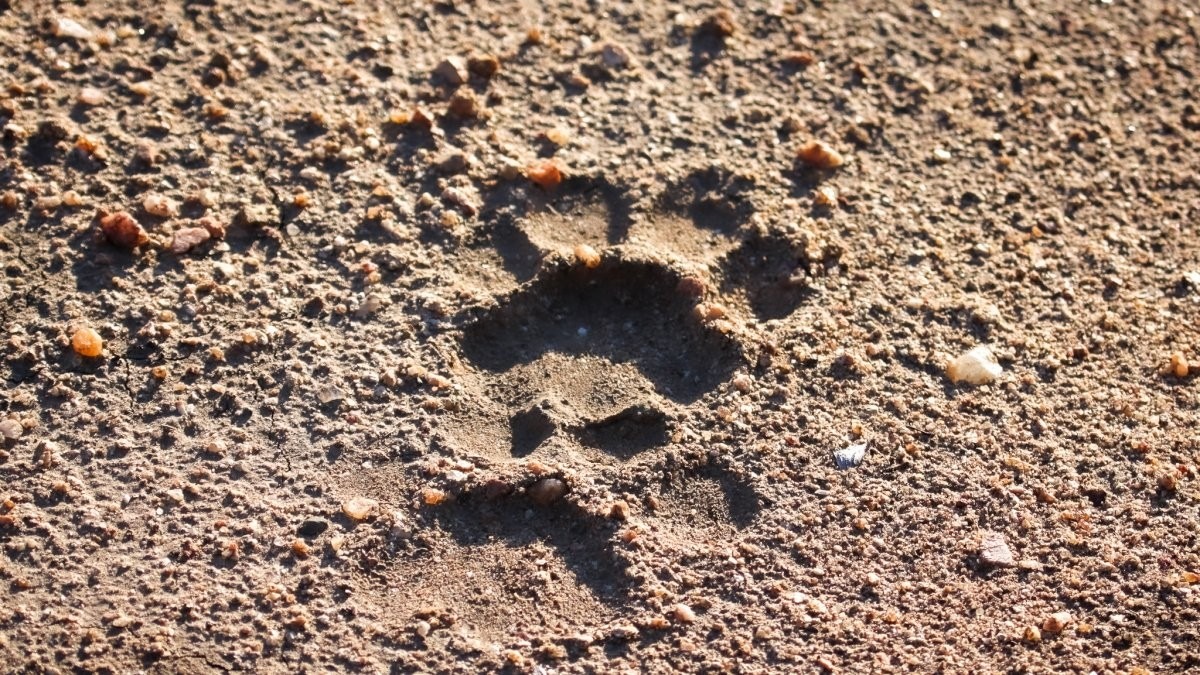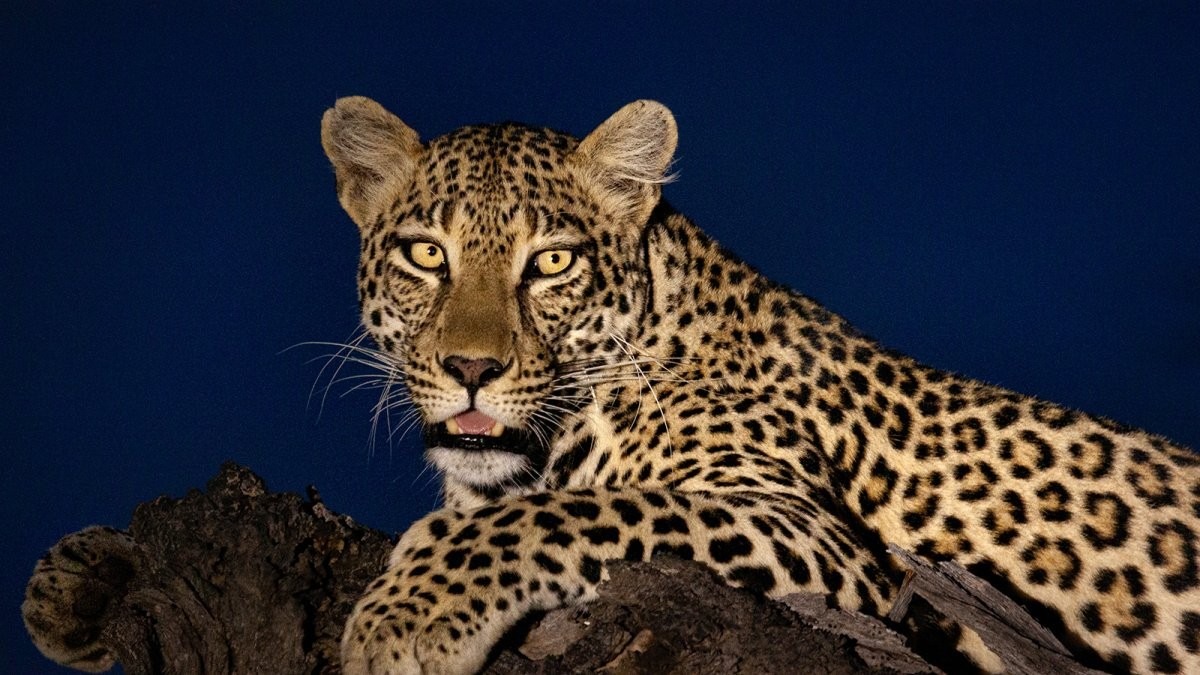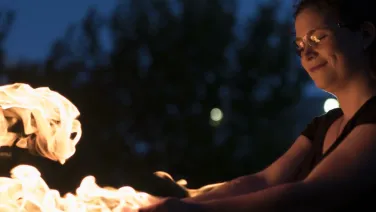
The circle of life: ANU to Africa
We always love hearing about the amazing things our alumni are doing all around the world.
After completing a Bachelor of Science (Advanced) (Honours) alumna Elly Gearing moved to Africa to pursue a career in animal behaviour. She now works as a zoologist and field guide at a nature reserve in the Greater Kruger in Africa.
Elly says her degree allowed her the freedom to explore different areas of biology, until she realised she was "fascinated by animal behaviour and using the scientific method to decipher exactly why animals do what they do".
Between researching big cats, guiding guests through the savanna and working to protect local wildlife, she has taken the time to take us on safari.
Words and photographs by Elly Gearing
A hippo surfaces from underwater, exhaling a burst of spray that catches the sun as it rises in the early morning. This hippo will have returned to the water before sunrise, having spent the night walking through the local area feeding mainly on grass. The reason for their nocturnal activity is two-fold: it is much cooler at night and allows the hippo to avoid the harsh African sun which can burn and dessicate their skin. She will now spend the daylight hours relaxing and sleeping in this aquatic habitat before departing again after sunset.
If you look closely around these waterholes you can spot these masterfully crafted dome nests overhanging the water, resembling decorations adorning a Christmas tree. Here, a female Southern masked weaver hangs from the entrance to a nest that was built by her partner, a bright yellow male who spends up to 5 days collecting grass stems and weaving them into this perfect piece of natural architecture. If a female inspects his creation and is not happy, however, he will pull it apart and start all over again!
The deep, bellowing call of a male lion into the early hours of the morning helps us to locate the pride. We find them resting next to the remains of a zebra they successfully hunted the night before. With night-time vision that is seven times better than our own, lions do most of their hunting after dark when it is cooler and they have a distinct advantage over their prey. With so many mouths to feed, however, their quarry will only keep them satisfied for a few days before they will need to go hunting again.
A guest holds out the pefectly spherical remains of a dung beetle ball that was buried underground with a single egg inside. It is likely that an animal like a honey badger excavated it to feed on the bounty hidden inside. The journey on safari is as much about the big things as it is about the small ones, often by slowing down the pace you begin to notice the intricate web of nature out here in the African bush.
At a nearby waterhole, a conflict has erupted between two predators. A pack of endangered African wild dogs surrounds a lone hyena, nipping at its backside as it turns fractically, teeth bared, trying to defend itself. Meanwhile, the remaining hyenas run off with the carcass of an impala that the wild dogs had just successfully hunted. As one of Africa's most efficient hunters, the wild dogs often draw the attention of the local opportunistic scavengers who are often ready and waiting on the sidelines to rush in and steal their prize. There is a long-standing, competitive relationship between these two evenly-matched predators and interactions like these are not uncommon to witness.
You never know when a group of spectators is quietly surveying you through the bush... Giraffes are generally quite social creatures, preferring the safety afforded by a group in which many eyes can spot more predators. They don't however, have any permanent group structures and are rather social butterflies, drifting from one group to the next. The strongest bond you will see between giraffe is that of a mother and her calf.
Tracking is a primitive skill and one of the ways in which we locate wildlife in the dense bush. These are the tracks of a big cat, given away by the three lobes at the pack of the pad and the lack of claw marks above the four toes. To keep their claws sharp, lions and leopards will retract the claws into the foot, whereas hyenas and wild dogs do not. Their tracks would only have two lobes on the pad and dots above the toes where the claws have touched the soil.
At the site of a old giraffe carcass, scavengers are collecting to finish of the remains as the sun is setting behind them. Hyenas and vultures are drawn in to consume the leftover rotting meat and bones which other predators prefer not to eat. With extremely powerful jaws and strong stomach acid, hyenas are capable of breaking down bone material and, together with vultures, make up nature's "clean-up crew". In finishing all of the nasty stuff, these animals play an incredibly important role in the ecosystem, helping to prevent the spread of disease.
As night falls and the air temperature gets cooler, the leopard's day is just beginning. She was spotted earlier, dangling from the branches of a large Marula tree in which she had hoisted her most recent kill. Being solitary animals, leopards are prone to having their kills stolen by other, more numerous predators such as hyenas and lions. To reduce this risk, these elusive felines have adapted to pulling their quarry into trees and out of the reach of competitors. She will soon leave to go and find her cub who has been patiently waiting for her to return, and lead her back to the site of the kill where they will feed together.
A short night drive back to the lodge provides the perfect opportunity to spot some of the more nocturnal critters, like this Flap-necked chameleon who emerged to sit on a small branch, waiting for insects to pass by. This tiny reptile can shoot out its sticky tongue as far as the length of its own body and does so at a speed of around three-hundreths of a second! After a quick show-and-tell with our guests, the colourful chameleon is returned to the branch on which we found it.
If you want to walk and talk with the animals, then consider studying animal behaviour as part of a Bachelor of Science at ANU.

